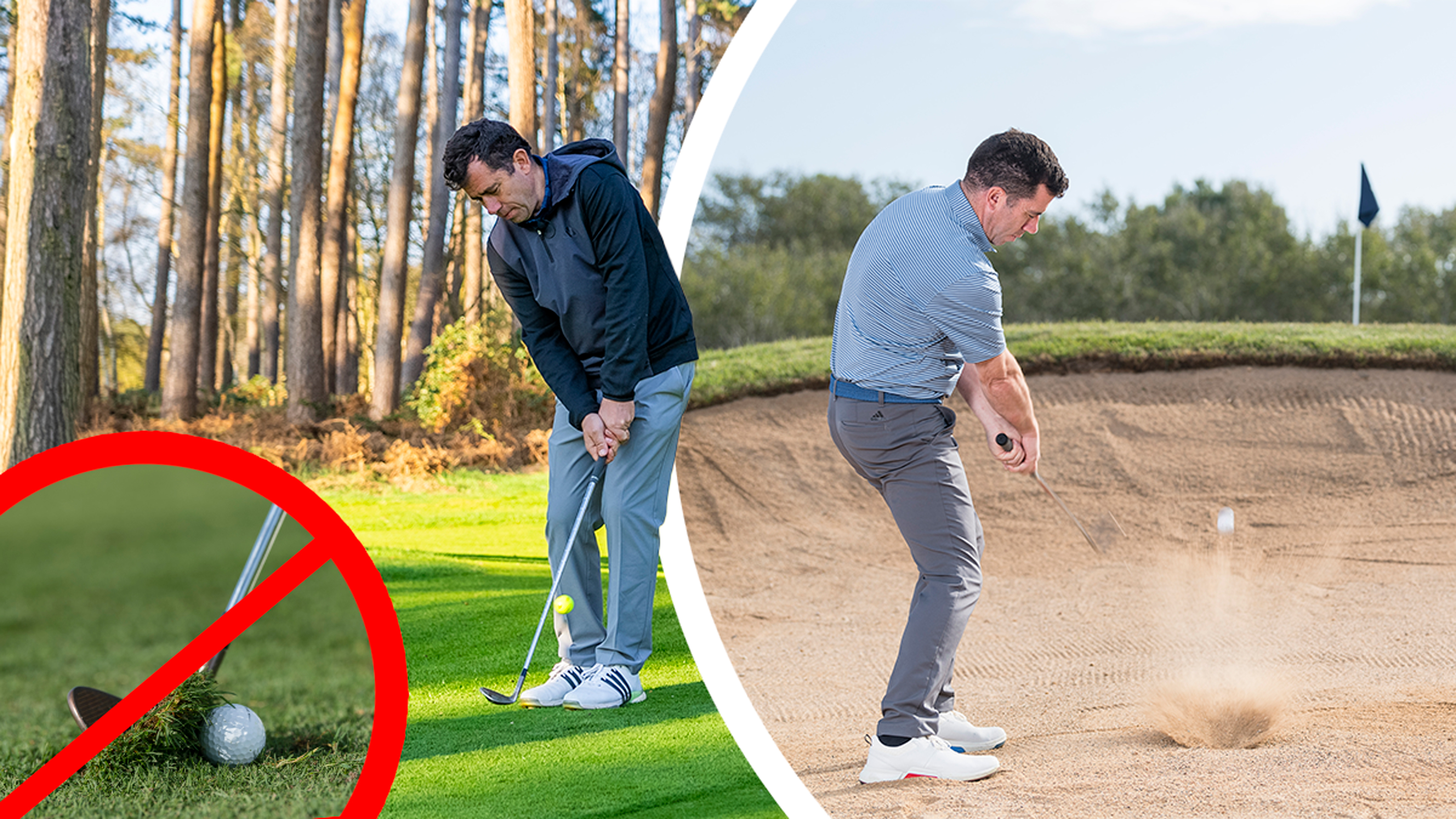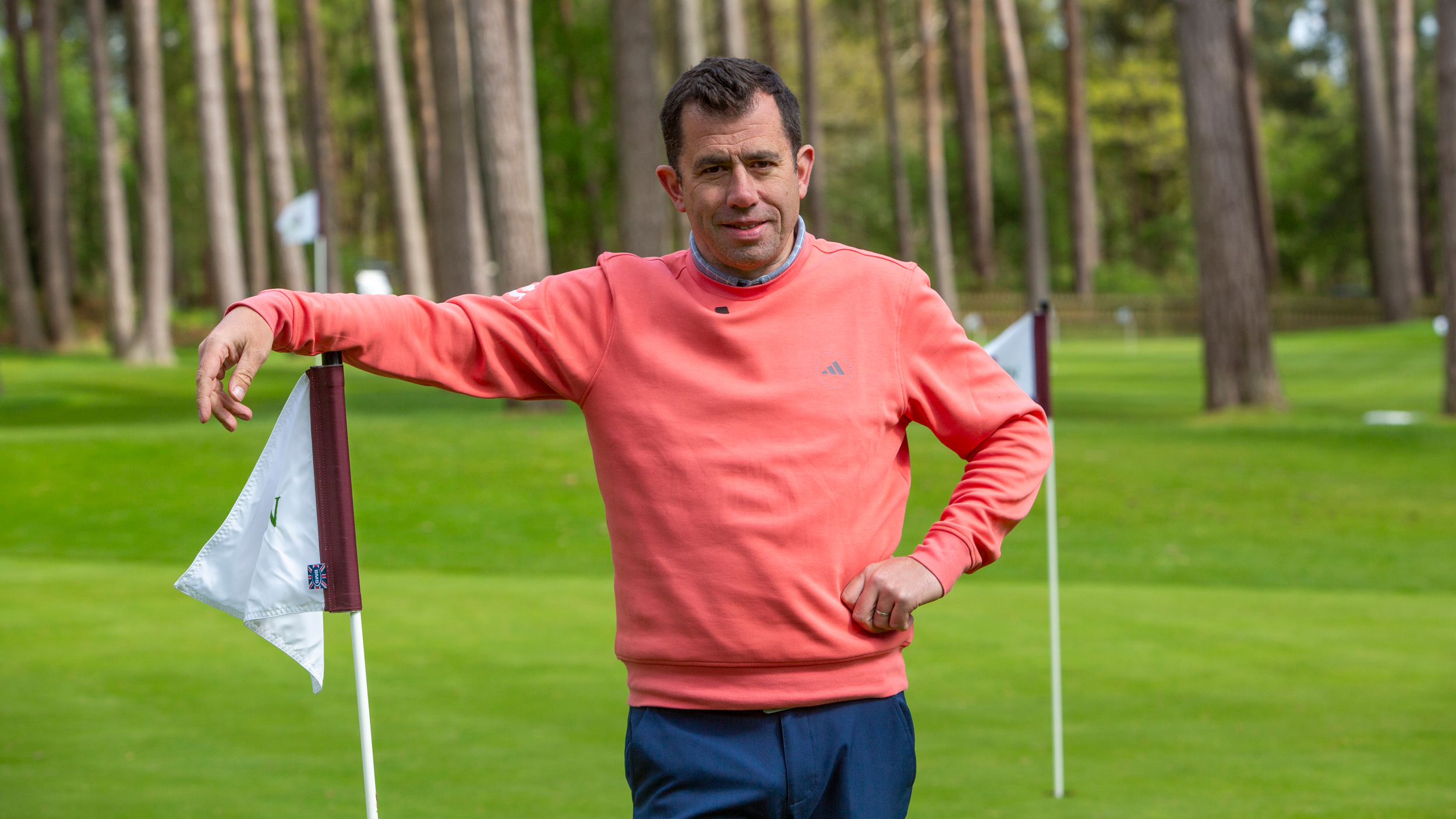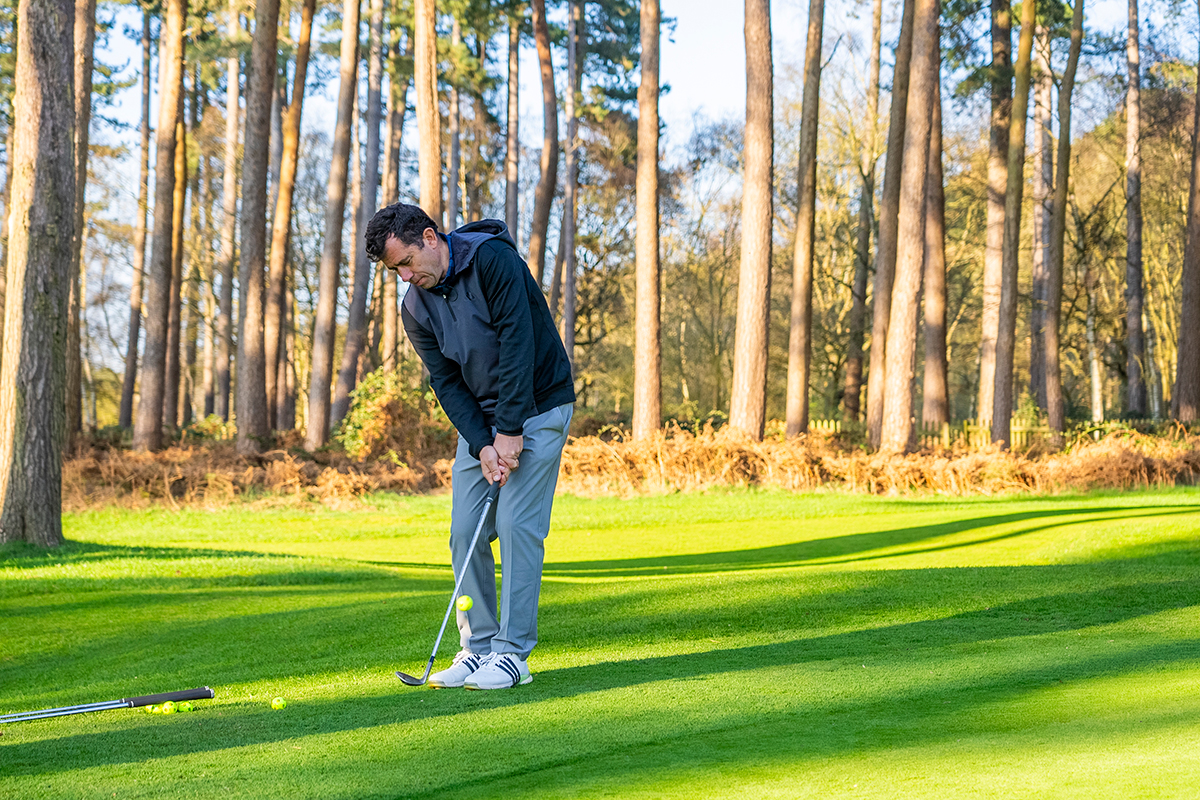Short Game Guru Dan Grieve Answers Your Questions On Chipping, Pitching, Bunkers And... The Dreaded Yips!
Dan Grieve is one of the best short game coaches on the planet, so we asked him six of your short game questions to help you around the green this weekend...
Dan Grieve

Dan Grieve is a world-renowned short game expert and one of the most recognisable names in the industry. As a PGA Master Professional, Dan has helped countless amateurs and professionals to sharpen up their short game... and now, it's your turn!
In the article below, Dan Grieve uses his extensive knowledge and experience on all things short game to answer a series of amateur golfer questions on topics such as how to chip in golf effectively, how to hit bunker shots and even how to cure the chipping yips!
Watch along on the video below, or check out Dan's responses in this epic multi-faceted short game lesson...
Dan Grieve Answers 6 Golf Short Game Questions From Amateurs
Golf Monthly Top 50 Coach Dan Grieve kindly offered to answer a selection of your questions in a bid to help the average amateur to play better golf this weekend... but, perhaps you have a question of your own?
Add your queries in the comments box at the bottom of this article and Golf Monthly's instruction writer, Barry Plummer, will endeavour to get one of our esteemed Top 50 Coaches to provide you with the necessary information you need to make progress on the course!

Dan Grieve is one of the world's leading short game experts, having had considerable success with a collection of tour pros including Charley Hull and Georgia Hall, as well as improving the performances of countless amateurs. His short game school is the most attended in the UK, and his reputation in the short-game sphere is revered and well-respected.
I play off 10 and have the chipping yips, it's costing me 4-5 shots a round. Are there any drills or thoughts to overcome them?
The yips are 99% neurological and 1% technical. Really, it's about how you approach the shot mentally and you need to be patient and re-wire the brain and start hitting some better shots which will help you move away from it.
Technically though, if you are feeling a little edgy around the greens, I would suggest getting as little loft in your hands as possible and really feel like you're going to keep your wrists out of the shot.
Really concentrate on getting the club working low to low, very little hinge, keeping the club on the ground for as long as possible.
Focusing on your external thoughts such as focusing more on a rough area on where you want to land the ball and what sort of flight you want to achieve.
Try also to paint a better picture of the shot rather than focusing on the internal thoughts of your technique.
And finally, use a practice swing to hear the noise you want to achieve. So, when you’re over the ball, all you’re focusing on is hearing the noise and landing it roughly where you want to land it.
Should I use the same club for chipping (if so, which one) or should I vary the club depending on the shot?
For 99% of golfers, it’s so much easier using different clubs to get the balls to different pins. For example, for shorter pins, a little bit more loft and for the pins that are further away, a little bit less loft.
If you change the spin of the ball and the speed of the ball for the pin that you’re playing, it makes life a lot easier.
GM says:
You can also check out our handy guide on how to spin your chip shots.
A post shared by Golf Monthly (@golfmonthly)
A photo posted by on
What is the one thing you should absolutely NOT do when chipping?
If I am going to pick one aspect, I would say don’t grip the club too tightly as most players do. When you grip the club too tightly, you don’t have the ability to release the clubhead. This will result in less ball control, reduced finesse and more thinned shots.
To counter this, allow your arms to hang naturally which will allow them to have a natural fold - just be really relaxed.
Another drill you can do is to hold the club in front of you in the air and allow it to slide through your fingers, do it again, and hold it just to the point where it is not sliding.
Then slowly bring the club down, which will slightly strengthen your grip pressure, allowing you to reach around four out of ten on the scale. This will help the clubhead to release, creating the finesse and touch which is so important for your short game.
I take quite big divots when I pitch and chip, any good practice drills to help shallow everything out?
Steep means the club is travelling down for too long and is getting caught in the ground. To counter this you need to become more shallow in your swing, so that you are releasing the clubhead and having more of a draw feel.
My favourite pitching drill to do this is to tee the ball up as if you’re hitting a driver and get the feeling of hovering the club at the bottom of the ball and even maybe drop your trail foot back a little bit.
Just feel like you are going to clip the ball off the tee and what you shall find is your instincts will take over, using a much shallower swing to play the perfect pitch shot.

Want to chip the golf ball like Dan Grieve? His insightful tips will get you well on your way!
I play off 2.5 but struggle with chipping, should I practice off good lies or poor lies to boost confidence?
I think you should definitely practice off good lies because if you’re struggling with confidence you need to be giving yourself a little bit of help with how the ball’s lying so you can get some good results and start believing you can do it.
When you start doing that a little bit more often, move the ball into a slightly more challenging lie and learn how to adapt.
Then once you really start to get it, just throw some balls over your shoulder and play them where they lie. This makes it more challenging once you become more confident.
I really struggle with controlling distance out of greenside bunkers, what is the best approach?
Obviously there is a feel element to this, you need to be able to feel the speed and really get that consistent contact point in the sand. But something I don't see golfers do enough of, is changing the loft of their clubs in the sand.
For example, for a pin that is on a really quick, firm down slope that only requires 5 yards of carry, I would use my most lofted club that would help me hit the shorter shot.
However, if I am playing to a pin that is a little further away, I don’t want to struggle with a club that has more loft.
So, I would drop down to my second most lofted club which will help propel the ball out further, with a little bit more speed, without having to hit it harder.
Getting the right club in your hand is the key to controlling your distances when playing out of greenside bunkers.
Subscribe to the Golf Monthly newsletter to stay up to date with all the latest tour news, equipment news, reviews, head-to-heads and buyer’s guides from our team of experienced experts.

Baz joined Golf Monthly in January 2024, and now leads the instruction section across all platforms - including print and digital. Working closely with Golf Monthly's Top 50 Coaches, he aims to curate and share useful tips on every aspect of the game - helping amateurs of all abilities to play better golf. Baz also contributes weekly to the features section, sharing his thoughts on the game we love and the topics that matter most. A member at Sand Moor Golf Club in Leeds, he looks forward to getting out on the course at least once a week in the pursuit of a respectable handicap.
Baz is currently playing:
Driver: Benross Delta XT
3-Wood: Benross Delta XT
Hybrid: TaylorMade Stealth 4 Hybrid
Irons: Benross Delta XT 5-PW
Wedges: TaylorMade RAC 60, Callaway Jaws MD5 54
Putter: TaylorMade Spider Tour
- Dan GrieveTop 50 Coach
You must confirm your public display name before commenting
Please logout and then login again, you will then be prompted to enter your display name.
